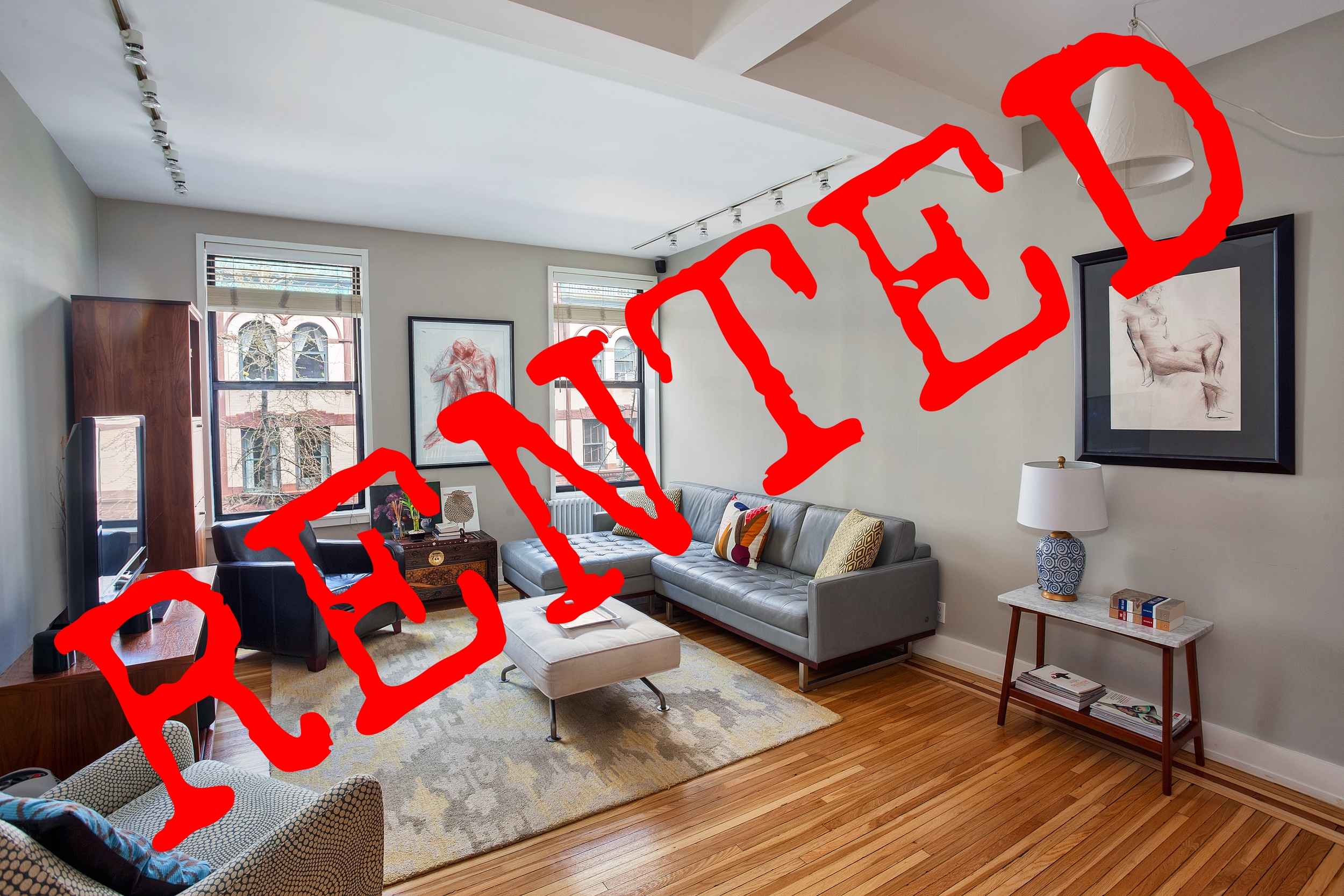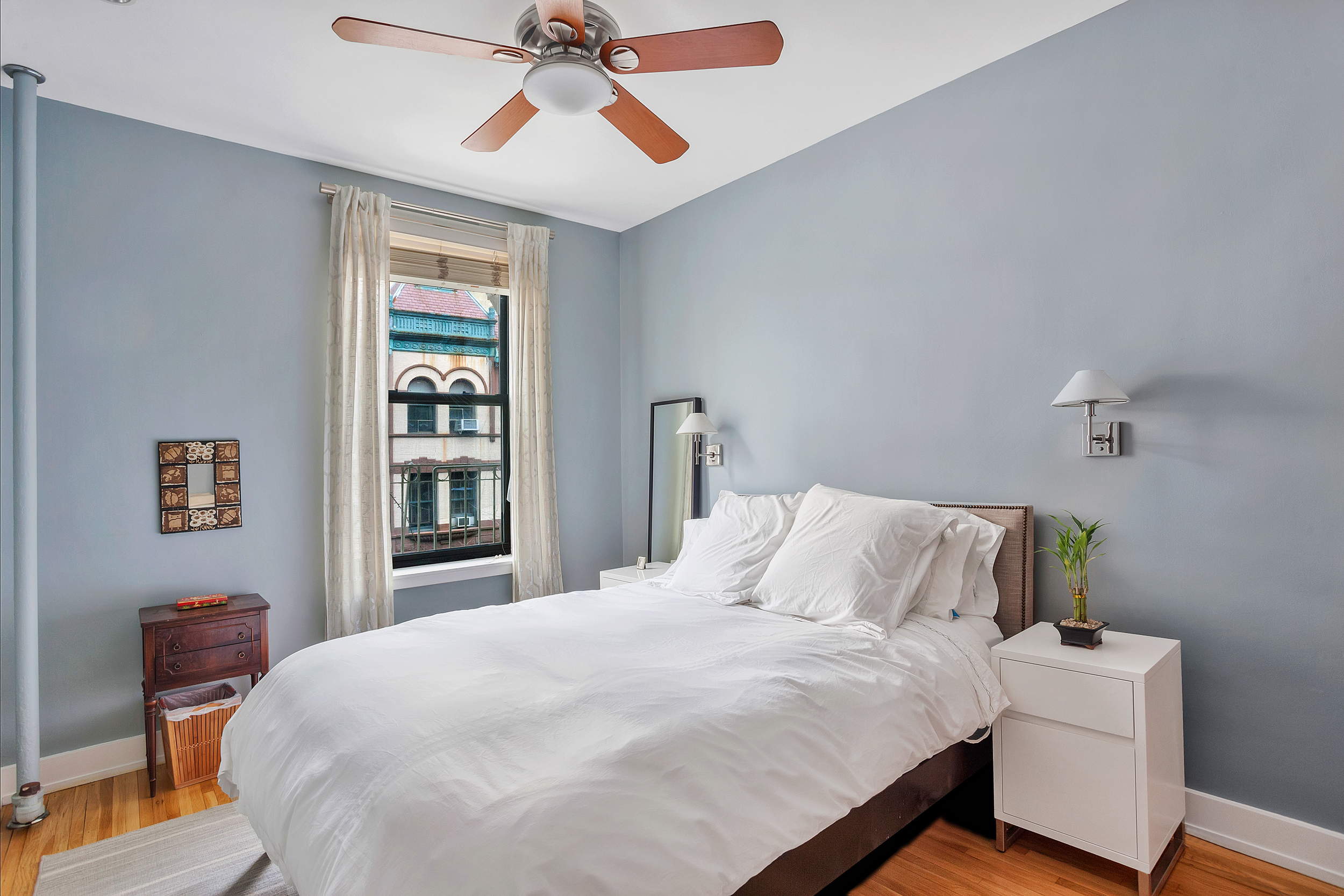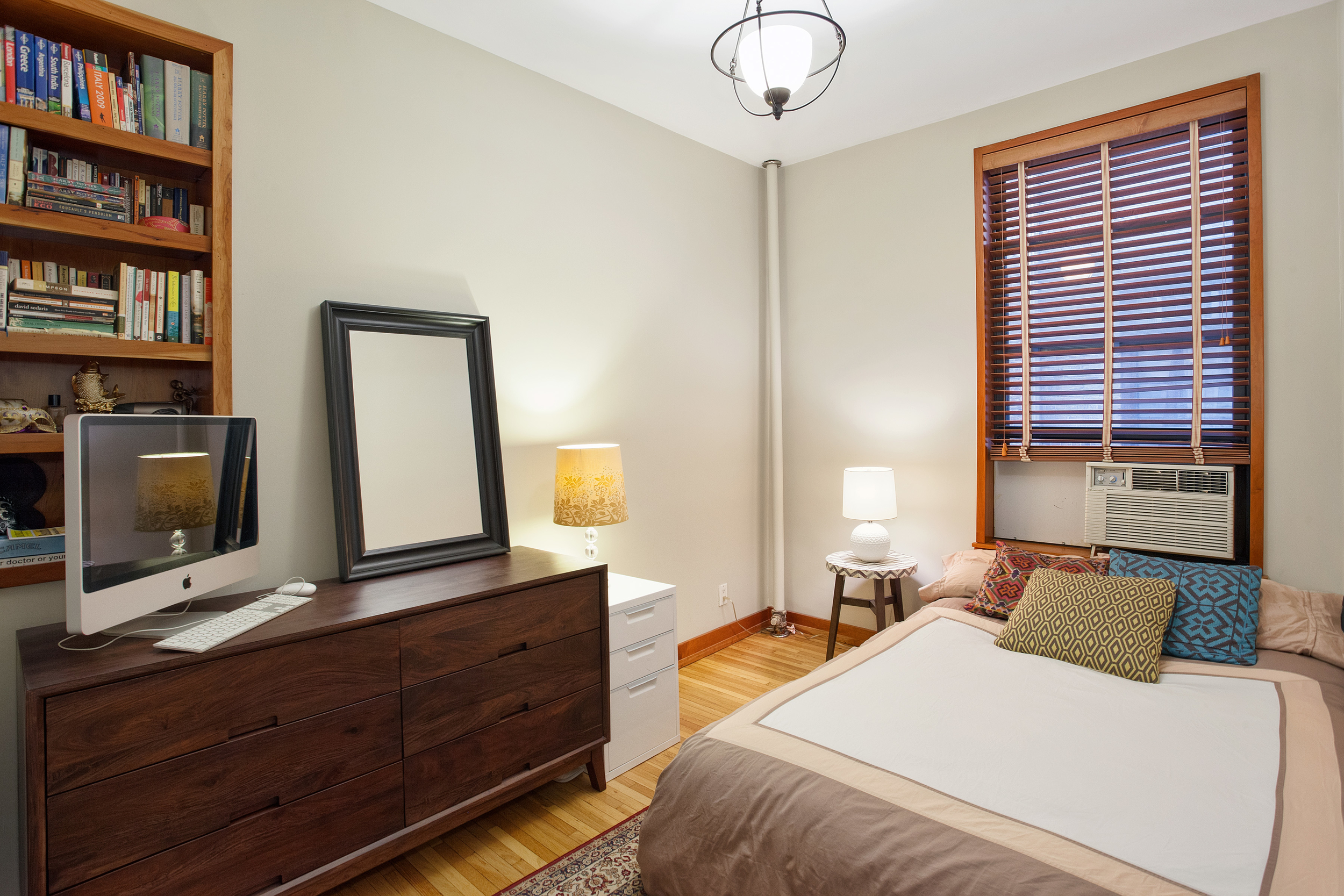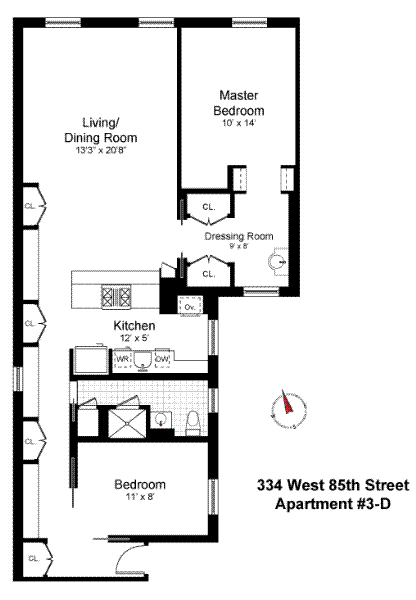Uptown on Thursday morning, one major museum owned up to serious financial problems. Farther downtown on Thursday afternoon, another celebrated serious financial progress.
The bad news at the Metropolitan Museum of Art — ballooning deficits, possible staff cuts and a hold on the planning of a new wing dedicated to Modern and contemporary art — stood in sharp contrast to the jubilant word from the Museum of Modern Art that the entertainment mogul David Geffen had donated $100 million toward an expansion and renovation.
But both developments spoke volumes about the current state of the art world, where Modern and contemporary art dominate the action these days — in auction houses and galleries, as well as museums. Everyone wants in, including a revered institution like the Met, which is striving to play catch-up even as it is struggling to pay the bills.
“The audience for contemporary art has grown exponentially in the last decade,” said Tom Eccles, the executive director of the Center for Curatorial Studies at Bard, adding that the sector’s attendant money and glamour make it “a honey pot” and “the Hollywood” of the art world.
The Met has stiff competition in the Modern and contemporary realm, especially at home. MoMA is expanding and renovating; the Whitney last year opened a widely acclaimed new home downtown; the Guggenheim has multiplied around the world and the New Museum has helped lead an art surge in Lower Manhattan. In addition, the new Broad Museum in Los Angeles is drawing lines around the block since it opened last fall and the San Francisco Museum of Modern Art is about to open its new building next month.
The Met has been notoriously weak in Modern and contemporary art — the art critic Holland Cotter of The New York Times once called the collection “an institutional embarrassment” — and is seen as falling short of its encyclopedic mandate, in part because its longtime former director Philippe de Montebello was wary of following trends.
His successor, Thomas P. Campbell, has made improving that area a priority, which led him to take on the Breuer building, the Whitney’s former home. “It’s a significant commitment,” he said, “but we believe it’s an important one for the programmatic health of this institution.”
The Met’s current restructuring suggests that this emphasis may have contributed to the institution’s current shortfall, which the museum says is due largely to a decline in admissions and retail revenue and an $8.5 million annual debt service on $250 million in bonds issued for infrastructure work to the main building and the Cloisters. The museum has also significantly increased its digital staff.
But the focus on building its Modern and contemporary capacity has also siphoned energy and resources away from the Met’s Fifth Avenue flagship. The museum has had to be concerned with fund-raising for Met Breuer, to cover that location’s $17 million annual operating expenses over the course of an eight-year lease as well as an estimated $15 million renovation of the building. The Met has also rebranded its entire operation at a cost of about $3 million and trained 110 staff members at the Breuer, including some new employees.
In addition, the Met has spent an undisclosed amount on the redesign of its Modern and contemporary galleries on Fifth Avenue, which calls for demolishing the existing Lila Acheson Wallace Wing in the museum’s southwest corner, increasing exhibition space and doubling the size of the Roof Garden.
The Met, which has a budget of $300 million and has carried modest shortfalls for years, is now facing a $10 million deficit.
“If we do nothing — if we just carry on — 18 months from now, at the beginning of fiscal year 2018, the deficit would be four times bigger,” said Daniel H. Weiss, the Met’s president. “That’s not O.K., so we’re going to take action to control that.”
The museum will undergo a 24-month financial overhaul that it said was likely to include staff reductions, reduced programming and a concerted effort to increase revenue in its restaurants and retail operations.
“We’ve had increasing pressure on the budget and knew that we were going to have to take actions to get it back in balance,” Mr. Campbell said.
The museum said it would also suspend the design work on the new wing until money had been raised for the project.
Photo
The southwest corner of the Metropolitan Museum of Art. It faces a $10 million deficit and says staff reductions are likely. CreditBenjamin Norman for The New York Times
Since salaries account for 70 percent of the Met’s expenses, Mr. Weiss said the museum would reduce its head count “by dozens” over the next 12 months. The Met will also freeze hiring and request voluntary buyouts, after which it may resort to layoffs.
Will the Met have to give up on its Modern and contemporary aspirations and settle for sticking to its core skill set? Can it hope to raise money for the new wing when the project is in limbo and the museum is in the middle of cutting staff?
“In a perfect world, these two events wouldn’t be coinciding,” Mr. Weiss said. “But we’ll get through these challenges.”
Meanwhile, MoMA is capitalizing on its strengths, having attracted the largess of Mr. Geffen, a leading art collector with an estimated worth of $6.8 billion, who has long supported the museum with art donations (most recently, a Mark Grotjahn sculpture) and loans (as he did for a 1996 Jasper Johns retrospective).
“When I worked in the mailroom at the William Morris agency I used to brown bag it at the sculpture garden of the Museum of Modern Art,” he said. “It’s where I developed my interest in post-World War II art.”
Mr. Geffen’s donation will go toward MoMA’s fund-raising campaign, which includes $440 million for new construction and renovation.
“These are the kind of gifts you only dream about,” said Glenn D. Lowry, MoMA’s director.
MoMA will feature a David Geffen Wing: three floors of new galleries in a residential tower designed by Jean Nouvel to the west of the museum on West 53rd Street, currently under construction. And sometime this spring, the museum’s existing fourth-floor exhibition space will be called the David Geffen Galleries.
That means Mr. Geffen’s name will now adorn another major New York arts building in perpetuity, as it does the former Avery Fisher Hall, which received a $100 million gift from him a year ago (and which generated concerns because it covered only a fifth of the projected renovation cost in exchange for perpetual naming rights).
The gift was discussed over the past six months, Mr. Lowry said, and was helped along by Mr. Geffen’s friendship with MoMA’s president, Marie-Josée Kravis.
Mr. Geffen, a California resident who established the Geffen Contemporary at the Museum of Contemporary Art in Los Angeles, dismissed the idea that he was shifting his philanthropy from one coast to another. “I spend time in both California and New York,” he said, “and I have a great affection for both places.”
MoMA has raised $650 million, including Mr. Geffen’s gift, which is unrestricted, meaning it can be directed at the museum’s discretion. “Through David’s generosity,” Mr. Lowry said, “we’re in incredible shape.”
In addition, MoMA continues to raise funds to increase its endowment and to cover operations during construction, when revenue is expected to decline because some galleries will be closed.
The expansion and renovation, designed by Diller Scofidio & Renfro, will add 50,000 square feet of galleries, giving the museum more space to present its collection and exhibitions and allowing it to improve circulation, particularly in the museum’s congested entrance.
Mr. Geffen has also donated to the Los Angeles County Museum of Art; the Spelman and Morehouse College arts education programs; the University of California at Los Angeles School of Theater, Film and Television; the University of Southern California School of Cinematic Arts; and the Geffen Playhouse.
In 2013, he contributed to the Academy of Motion Picture Arts and Sciences for the creation of the Academy Museum of Motion Pictures. His total philanthropic support to U.C.L.A. exceeds $400 million.
Mr. Geffen, who has no dependents, will ultimately leave his art collection, valued at more than $2 billion, to his foundation, which will give the pieces to institutions or sell them and donate the proceeds to his main causes: culture, medicine and education.
As for future substantial donations, Mr. Geffen suggested there may be more in store. “I intend to give away as much of my money as possible while I’m alive to things that I think are valuable,” he said. “So far, it’s a considerable amount of money.”
Correction: April 22, 2016
Because of an editing error, an earlier version of this article referred incorrectly to a gift to the former Avery Fisher Hall by David Geffen last year. Though it was for $100 million, it was not Mr. Geffen’s last donation in that amount. He later gave $100 million to U.C.L.A. to build a middle school and a high school on its campus.



























